When it comes to home improvement projects, few are as transformative as painting and decorating. A fresh coat of paint can breathe new life into a space, making it feel updated and inviting. However, one of the biggest questions homeowners face is: What will it cost? In this article, we’ll explore everything you need to know about painting and decorating costs—breaking down factors that influence pricing, sharing personal insights, and providing practical tips to help you make informed decisions.
Factors Influencing Painting and Decorating Costs
The cost of painting and decorating your home can vary widely based on several key factors, including the size of the space, the type of paint, and the complexity of the job. Here are some of the primary considerations:
1. Size of the Area
The larger the space, the more paint you’ll need, leading to higher costs. Measure the square footage of the walls and ceilings to gauge how much you’ll require.
Example Cost Estimate by Size
| Room Type | Size (sq ft) | Approximate Cost |
|---|---|---|
| Small Room (e.g., Bedroom) | 100 – 200 | $300 – $800 |
| Medium Room (e.g., Living Room) | 200 – 400 | $800 – $1,500 |
| Large Room (e.g., Open Concept) | 400+ | $1,500 – $3,000+ |
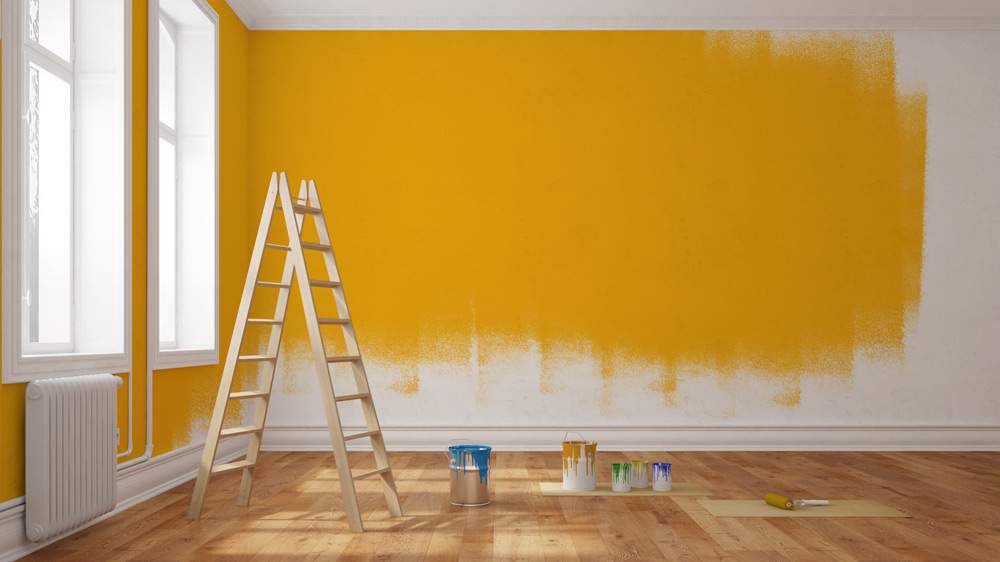
2. Type of Paint
The type of paint you choose can significantly impact your overall costs. Higher quality paints often come with a higher price tag but can offer better coverage and durability.
Cost Comparison of Paint Types
| Paint Type | Cost per Gallon | Durability |
|---|---|---|
| Standard Interior Paint | $15 – $30 | 3 – 5 years |
| High-Quality Interior Paint | $30 – $60 | 5 – 10 years |
| Low-VOC Paint | $20 – $50 | 3 – 7 years |
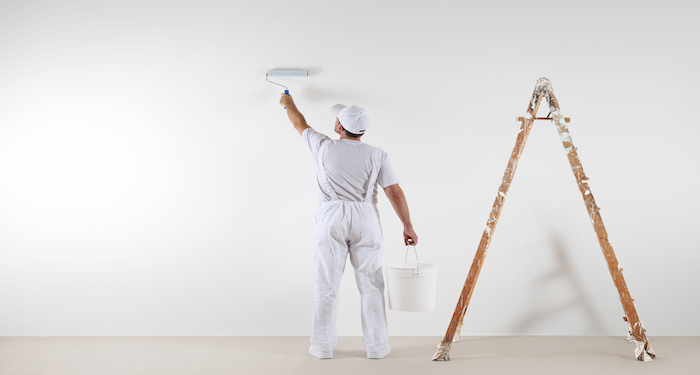
3. Labor Costs
Labor is one of the most significant components of your painting and decorating costs. Rates can vary depending on location and the expertise of the painter.
Average Labor Costs by Region
| Region | Average Hourly Rate |
|---|---|
| Northeast | $50 – $75 |
| Midwest | $35 – $60 |
| South | $30 – $50 |
| West | $45 – $80 |
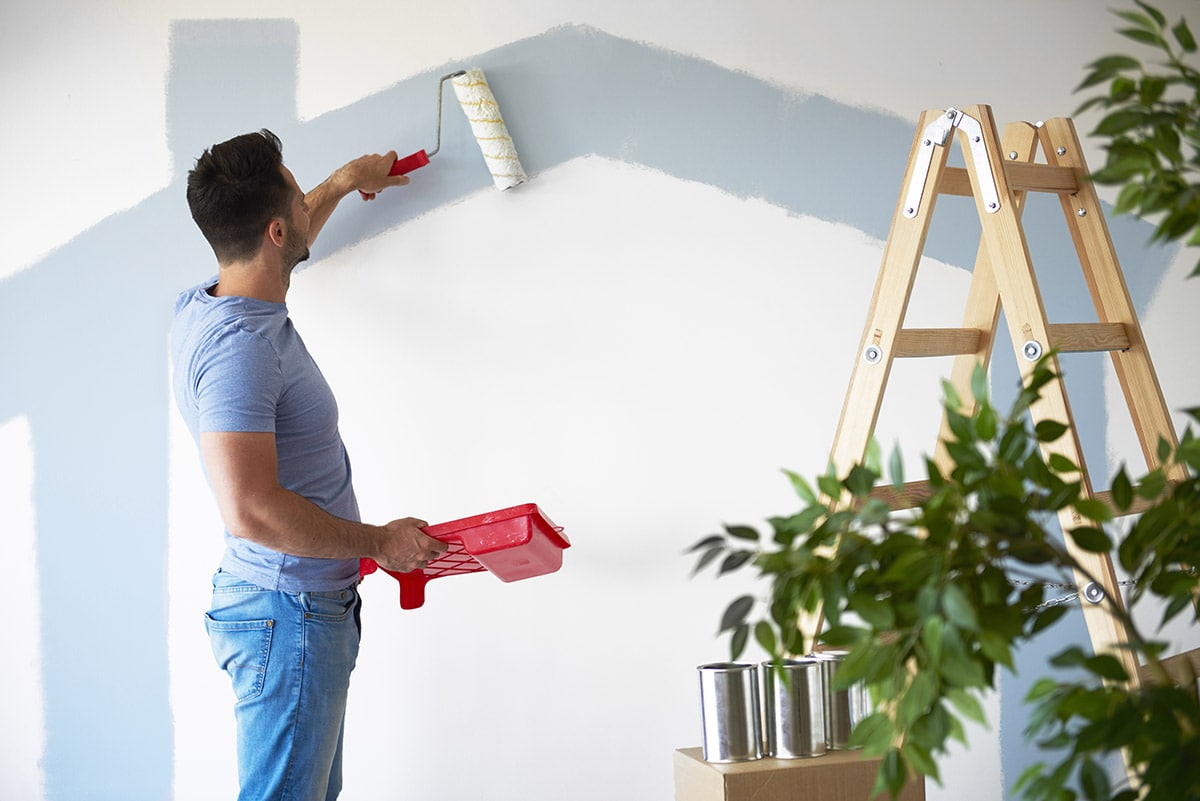
4. Complexity of the Project
Intricate designs, multiple colors, or special finishes (like textures or faux painting) can increase costs. Simple paint jobs are more budget-friendly.
Examples of Complex Projects
- Accent Walls
- Textured Finishes
- Stenciling or Murals
- Ceiling Painting
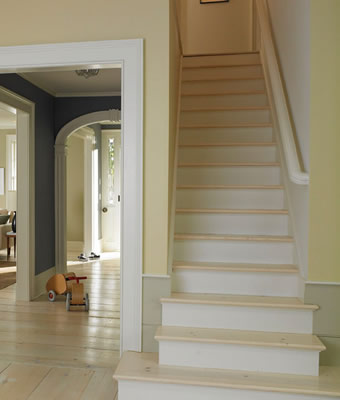
DIY vs. Hiring Professionals
One of the most significant decisions you’ll face is whether to tackle the painting and decorating yourself or hire a professional. Each option has its pros and cons.

Pros and Cons of DIY Painting
Pros
- Cost Savings: No labor costs can lead to significant savings.
- Flexibility: You can work at your own pace.
- Personal Satisfaction: Completing a project can be very rewarding.
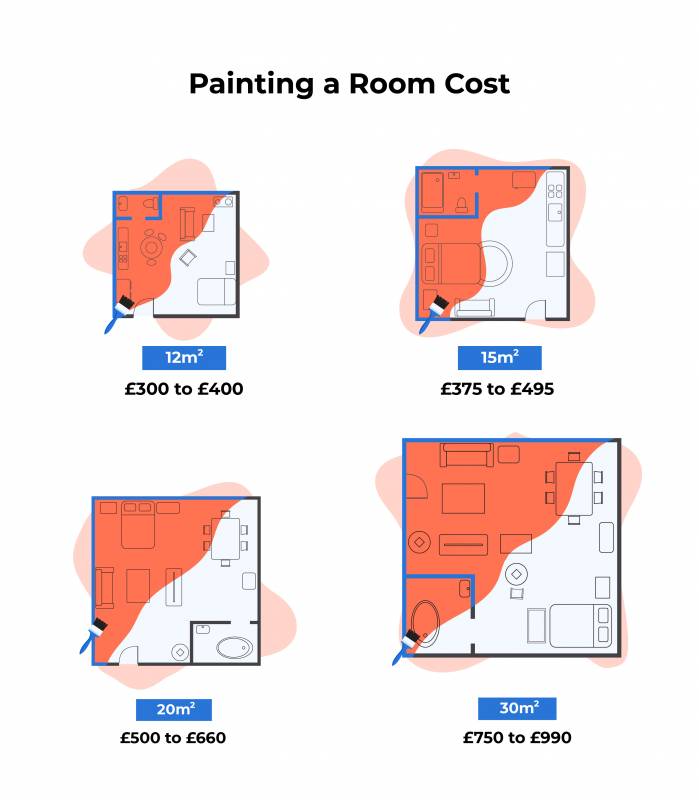
Cons
- Time-Consuming: Depending on your experience, this could take longer than expected.
- Potential for Mistakes: Poor technique can lead to uneven coverage.
- Lack of Professional Finish: It may not look as polished as a professional job.
When to Hire a Professional
If the project is extensive, involves complicated techniques, or you simply don’t have the time, hiring professionals can be a wise investment. A good painter can ensure a flawless finish and often has access to better quality materials.
Cost-Saving Tips for Painting and Decorating
Here are some practical tips to help you save money on your painting and decorating project:
1. Plan and Prep
Planning the project carefully can help avoid unexpected costs. Gather all necessary materials and make detailed measurements before purchasing supplies.
2. Choose the Right Time
Consider scheduling your painting during the off-peak season when labor costs may be lower. Autumn and winter can be ideal for interior projects.
3. Buy in Bulk
If you have multiple rooms to paint, purchasing paint and supplies in bulk can lead to discounts.
4. Consider Alternative Finishes
Instead of traditional paint, explore wallpapers, decals, or other decorative options that might be more cost-effective in the long run.
FAQs About Painting and Decorating Costs
What is the average cost of painting a room?
The average cost to paint a room can range from $300 to $1,500, depending on size, paint quality, and labor costs.
How much does it cost to hire a decorator?
Hiring a decorator can cost between $50 to $150 per hour, depending on their experience and your location.
Can I paint my house myself to save money?
Yes, DIY painting can save money, but it’s essential to consider your skill level and the time required for the project.
What are the most expensive types of paint?
Designer or specialty paints, such as high-quality eco-friendly or low-VOC options, can be among the most expensive, costing upwards of $60 per gallon.
Conclusion: Making the Right Choice for Your Project
Understanding the costs associated with painting and decorating is crucial for any homeowner looking to enhance their living space. By considering the factors mentioned, weighing the pros and cons of DIY versus hiring professionals, and implementing cost-saving strategies, you can make informed decisions that align with your budget and vision.
In my personal experience, I’ve found that taking the time to plan ahead not only saves money but also results in a project I can truly be proud of. Whether you choose to take on the task yourself or enlist the help of a professional, a beautifully painted and decorated space can bring joy and comfort to your home.